What is the one thing that is common among the colourful feathers of birds, the long claws of a tiger, the prized horn of a rhinoceros, the antlers of a feer, the scales of the pangolin, the fine wool of the cashmere goat, or Rapunzel’s super long hair? Did this question get you to scratch your head or bite your nails? It’s there too! It’s the ubiquitous protein keratin found in the skin or epithelial cells of vertebrates. Keratin is one of the strongest materials in nature.
Three new species discovered in the Himalayas: a new springtail from Sikkim and 2 new ants from Assam.
Sikkim/
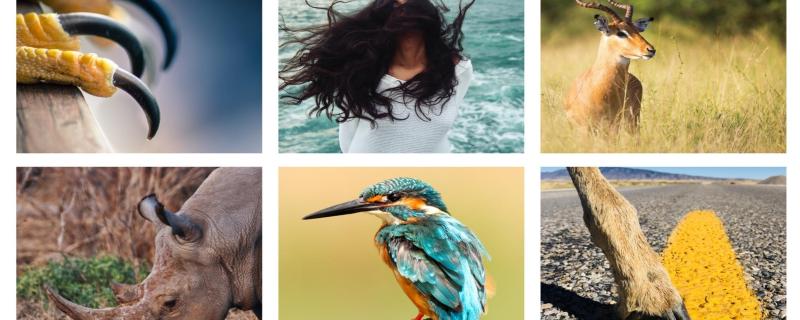



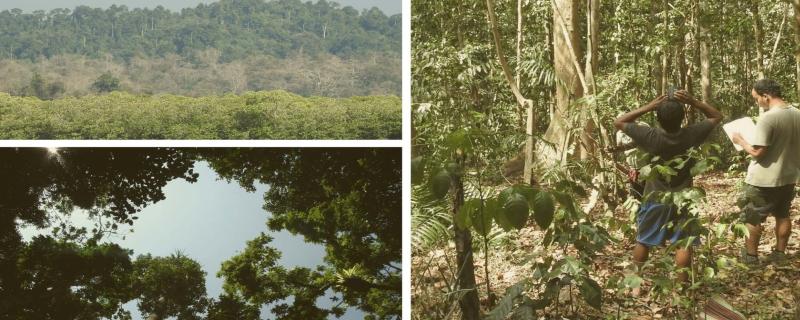

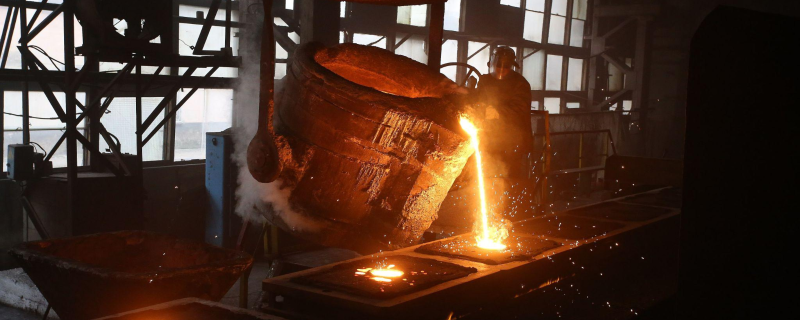
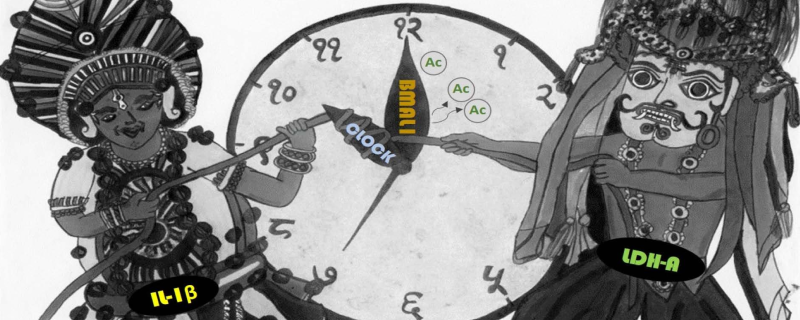
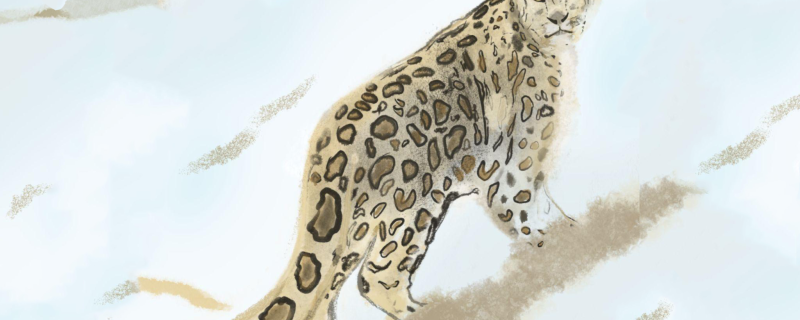
![The Indigofera tinctoria plant. [Image Credits: Wikimedia Commons / CC BY-SA 3.0] A natural dye extract may protect our eyes from harmful laser](/sites/researchmatters/files/styles/large_front_800x320/public/indigofera_tinctoria_jd_plt_paris1.jpg?itok=xasYlSLP)